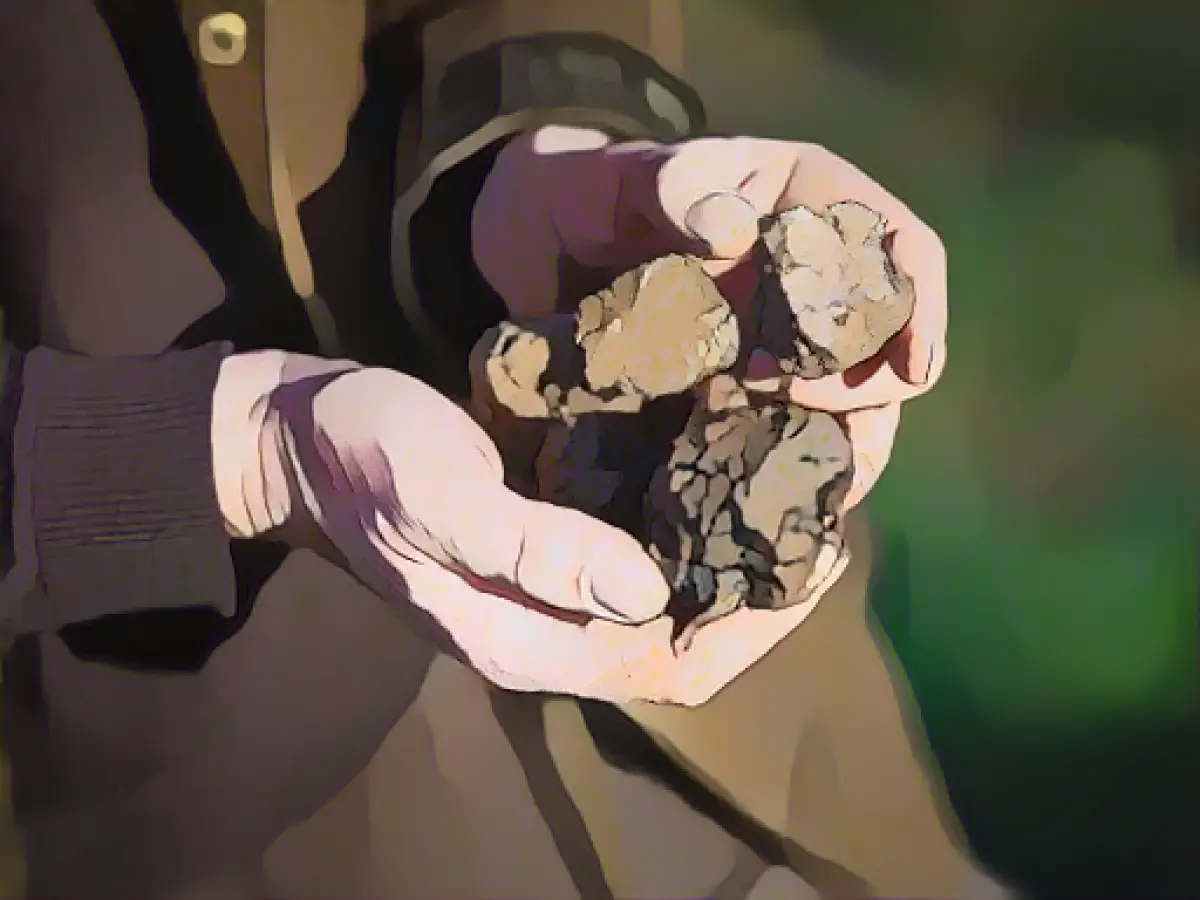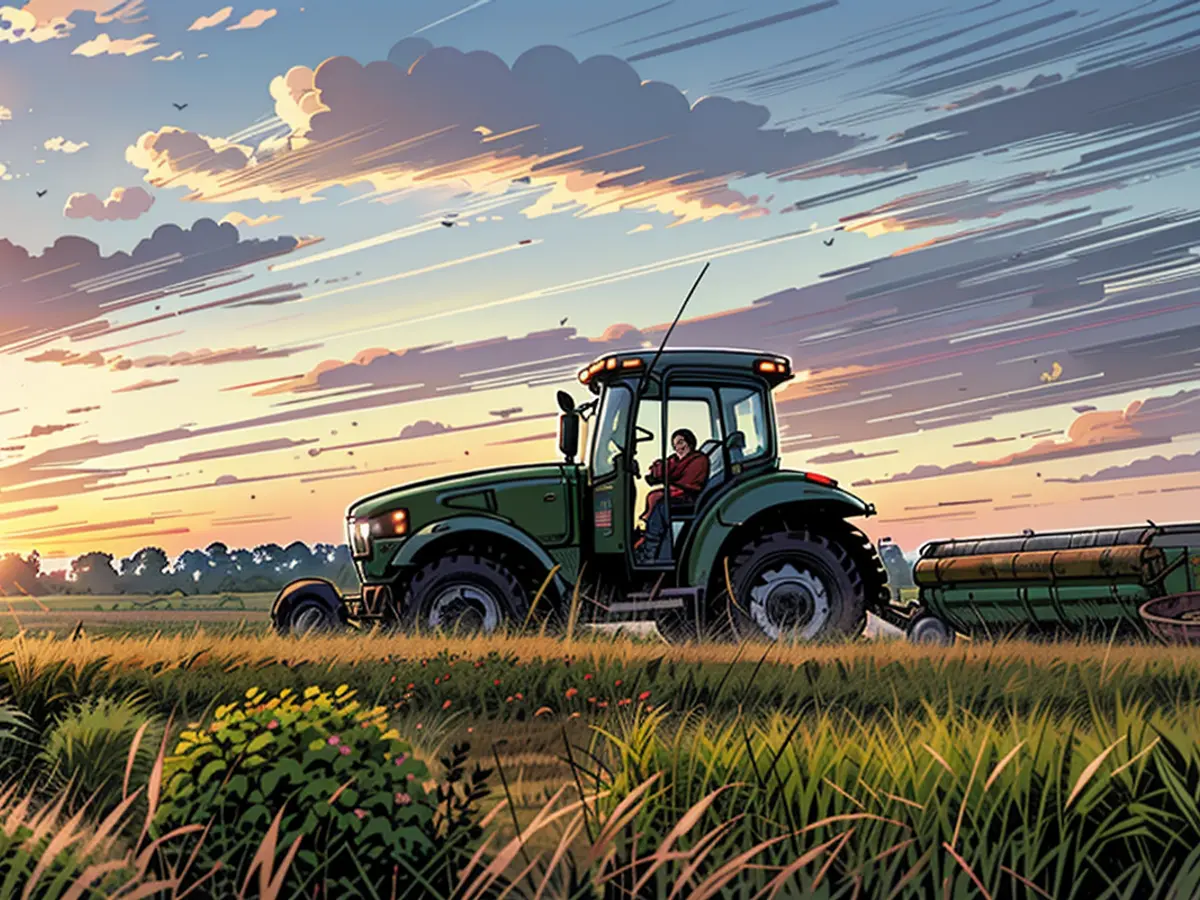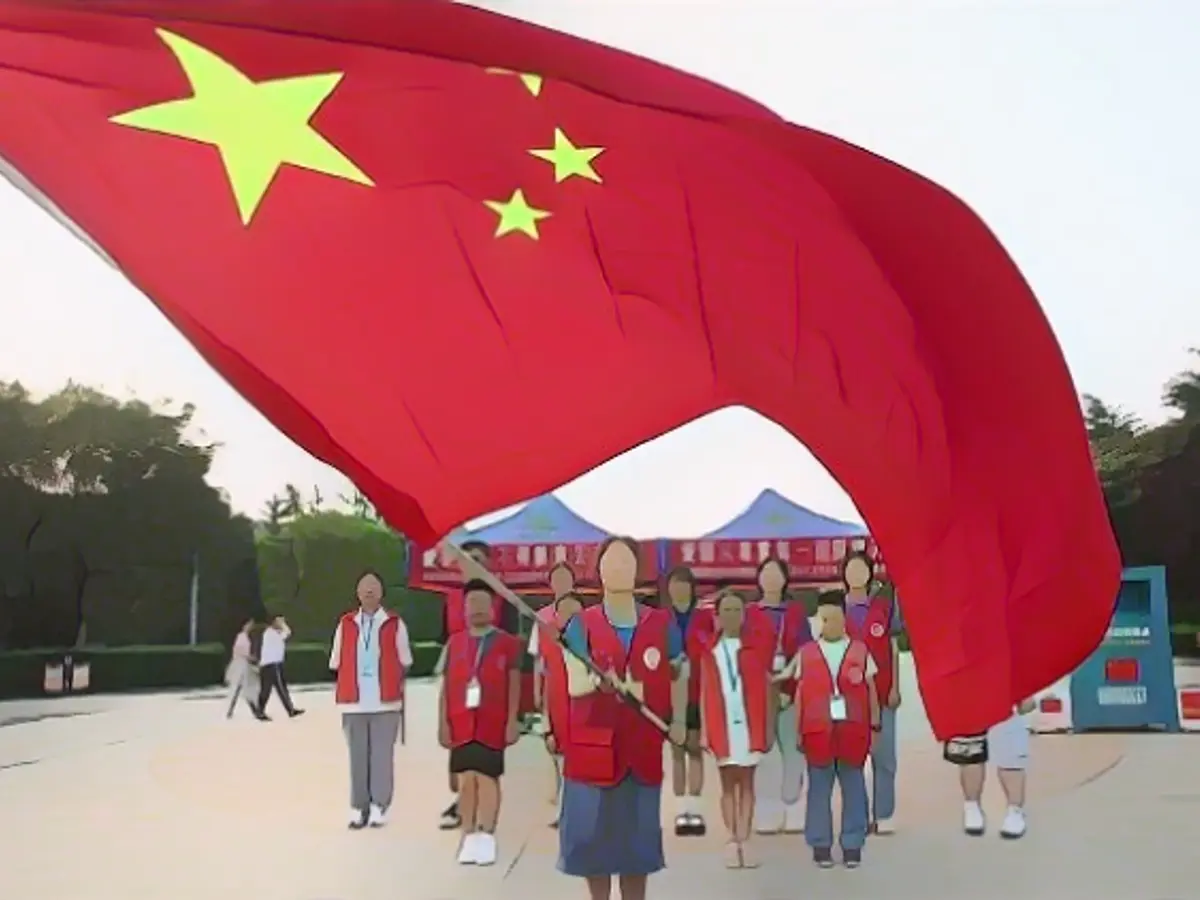Unlocking the Potential of Alfeld Truffles in Southern Lower Saxony
Fabian Sievers, a truffle farmer hailing from southern Lower Saxony, sees a brilliant future for this coveted fungi in Germany. With 2023 pegged as an exceptional truffle-growing year, the 51-year-old - who began a truffle plantation in Alfeld, Hildesheim district eleven years prior - expresses his enthusiasm. After planting almost 1000 trees himself, 750 of which were inoculated with local Burgundy truffle spores, Sievers relies on his canine allies, Woopee and Djuka, to locate the elusive mushrooms. These Lagotto Romagnolo dogs have an uncanny ability to detect truffles, thanks to their keen sense of smell.
Sievers envisions a flourishing truffle industry in the Leinebergland region of southern Lower Saxony. Maybe Alfeld truffles could one day rival the Nienburg asparagus in popularity, he muses. In Germany, roughly 700 truffle growers span 600 hectares - a number expected to grow with the burgeoning interest in truffles. Lower Saxony has recently registered about ten hectares for truffle cultivation, according to the Chamber of Agriculture, indicating that truffles may remain an artisanal or niche product for the time being.
The surge in truffle popularity opens up fascinating opportunities for local growers in agriculture to diversify their offerings and entice consumers with premium dishes teeming with truffle flavor. The symbiotic relationship between truffles and trees, however, underscores the need for preserving natural forests and promoting biodiversity to ensure a healthy habitat for truffle cultivation and the salt-and-pepper-coated Lagotto Romagnolo dogs responsible for unearthing these precious treasures.
Planting the Seeds of Change
As more consumers embrace the delectable allure of truffles, the demand for domestic-grown truffles could skyrocket, potentially leading to increased revenue for farmers. This shift in preferences can result in the emergence of renowned brands, like "Alfeld truffles," embodying quality, authenticity, and regional pride.
- The role of forests in fostering truffle cultivation is twofold. Preserving natural forests and promoting biodiversity is crucial for the well-being of various animals, including Lagotto Romagnolo dogs, as they provide essential habitats for these species.
- As truffle cultivation in southern Lower Saxony garners attention, local economies benefit significantly. The distinctive character of truffles can transform an otherwise ordinary product into a desirable item, igniting an economic boom.
- Aligning regional agricultural policies, promoting sustainable forestry practices, and fostering collaborations with local businesses can contribute to the success of the truffle industry in southern Lower Saxony. By prioritizing eco-friendly practices, a thriving truffle industry can preserve the area's unique charm while generating viable income streams.
Unleashing the Full Potential
To unlock the full potential of the truffle industry in southern Lower Saxony, one must inspect the interplay of agriculture, forestry, and local economics in the region. Relevant reports on regional agricultural practices and economic development studies can shed light on the impact of truffle cultivation on local agriculture, brand recognition, and overall economic growth.
Sources: dpa.com [1] Woodlands.co.uk: Seed dispersal and forest biodiversity [2] Woodlands.co.uk: Wild food foraging and the local economy







